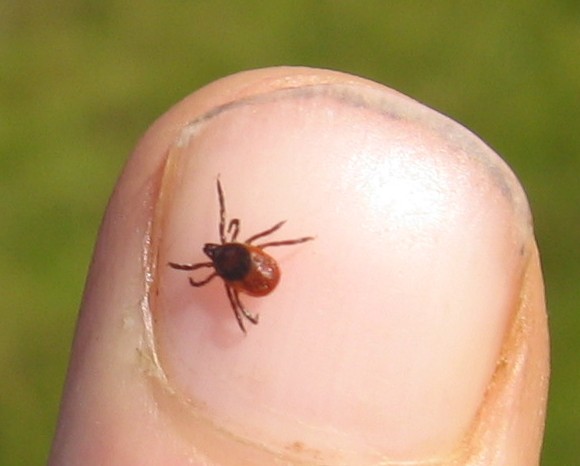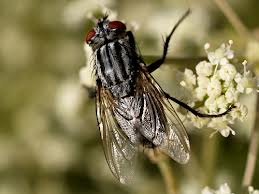Classification
Domain: Eukarya
Sarcophaga crassipalpis belong to the domain Eukarya (Pape
2013).
They are multicellular macroscopic organisms that we as Homo
sapiens interact with frequently. Their cells are more
complex than those of Archae and Bacteria, containing organelles
that are not found in the other domains.
Kingdom: Animalia
S. crassipalpis belong to Animalia because they are
multicellular and eukaryotic. They have cells, tissues, organs and
systems as well as a type of skeletal support. Lastly, they
reproduce sexually (Pape 2013).
S. crassipalpis belongs to Arthropoda because they are
invertebrates, and they have an exoskeleton. Their
exoskeleton is also made of chitin and they have segmented bodies (B„nziger
2004).
Having six jointed legs, bilateral symmetry, and specialized
appendages also classifies them as part of the Arthropod phylum
(Pape 2013).
Class: Insecta
Having three main body regions (head, thorax, and abdomen)
classifies Sarcophaga crassipalpis as Insecta. So does having one pair of antennae and three pairs of segmented legs
on each side of their body (B„nziger 2004). Most, but not all, organisms of
Insecta have one or two pairs of wings. S. crassipalpis does
have wings. Another example of a species belonging to the class
Insecta is Chloealtis conspersa, or the
sprinkled grasshopper.
Sarcophaga crassipalpis are part of the order Diptera, along
with
horseflies, because
they are “true flies" (Pape 2013). As adults they have only one pair of
functional wings and one pair of reduced hind wings. Some
other Diptera species lose their wings altogether; however, S.
crasipalpis does have wings (Pape 2013). Their mouths are “suctorial”
and they have large fleshy pads with drainage canals for efficient
liquid uptake (Pape 2013).
Family: Sarcophagidae
S. crasipalpis belong to Sarcophagidae. Sarcophagidae
are generally black with gray thoracic stripes, and there are three
black racing stripes on the gray background (B„nziger
2004).
Sarcophaga crasipalpis are scavengers of small carrion such
as: dead insects, snails, or smaller vertebrates; some species feed
on larger vertebrate carcasses (B„nziger
2004).
Species: Sarcophaga crasipalpis
Sarcophaga crasipalpis are scavengers of small decaying
organisms. They have black racing stripes on their bodies with
wings and their mouths have large fleshy pads with canals for liquid
uptake (Pape 2013). They have three body segments with three legs on each
side, and a set of antennae (Pape 2013). S. crasipalpis are also
multicellular bilateral organisms.


